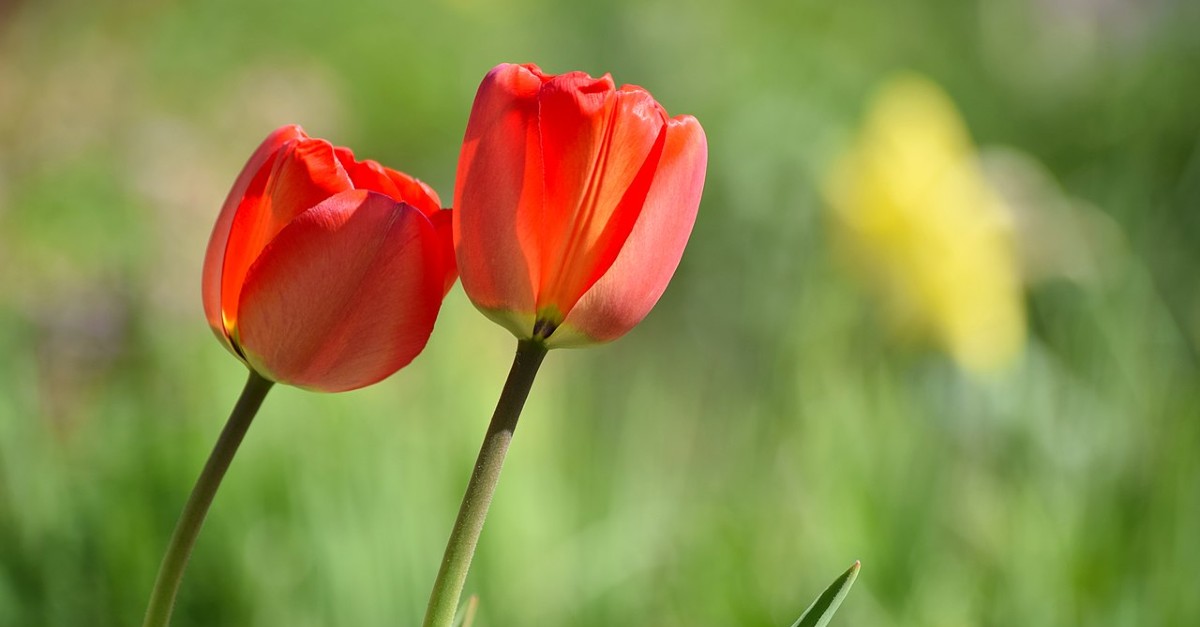If there’s one thing I love about spring, it’s the flowers. The weather can be temperamental, and the time change consistently throws off my sleep schedule, but it’s always encouraging to see those green leaves blooming throughout the months of spring. I’m particularly eager this year because it’s my first attempt at growing tulips. Having spent last fall planting bulbs, it was particularly rewarding to see the first sprigs of life appear in my garden. Unfortunately, my happiness would be short lived.
It turns out growing flowers in a bit more complicated than I thought. For starters, you need to protect them from hungry herbivores. Rabbits, deer, chipmunks, and a lot of other animals love to snack on juvenile tulips. Secondly, you always need to consider their environment. Did they get enough sunlight? Are they getting enough water? Are they getting too much of either? To foster growth, one first must create the right environment. It’s a rule that applies to students as much as it applies to flowers.
Planting the Seeds
As educators, we understand that disseminating information is only a small part of the learning process. For students to mature and grow, they need classrooms where their curiosity, creativity, and critical thinking can truly thrive. So, how do we go about building environments where these virtues are cultivated? Here are a few suggestions for getting started:
- The Learning is Hands-On: We all know that most students don’t want to sit and listen to a lecture. They want to get involved and actively learn. As you plan your next lesson, make sure to incorporate hands-on activities that get your students up, moving, and engaged. When we facilitate learning experiences for students, their minds will be active and thinking as well.
- The Learning is Collaborative: We should always strive to make teamwork an essential part of learning. After all, the real world is built on communication and collaboration. Every great feat of science – from space shuttle launches to the development of new medicine – requires a team of scientists, mathematicians, and engineers working together. Employers are searching for people who get along, work together, and share ideas. Get your students prepared by introducing cooperation and collaboration early.
- The Learning Accepts Failure: Mistakes are an essential part of education. We learn through iteration. Trying, testing, failing, starting over with new data and new hypothesis. A good classroom experience takes this principle to heart by regularly sending students back to their work for reflection and refinement. Not only will this prepare them for the real world, but it will also foster perseverance.
- The Learning is Cross-Curricular: An effective classroom involves cross-curricular learning. It’s all too easy for subjects to get siloed and isolated from other ideas. Students learn better when their knowledge is interconnected. Good learning, particularly STEM learning, shows students how something like math can influence healthy nutrition. How science and vocabulary are tied together, and much, much more.
Growing Tomorrow’s Thinkers
When a project or lesson features these qualities, you can count on students retaining the information they learn. However, it’s important to remember that classrooms, like gardens, require attention and care. True growth only occurs when we are consistent, intentional, and prepared to adapt when change arises. It’s a difficult job, but by putting down roots now, students will be able to expand their minds in ways we can only begin to imagine. So, let’s get to work, there’s so much out there for our students to discover!
*Image courtesy of Raita Futo via Wikimedia Commons.

